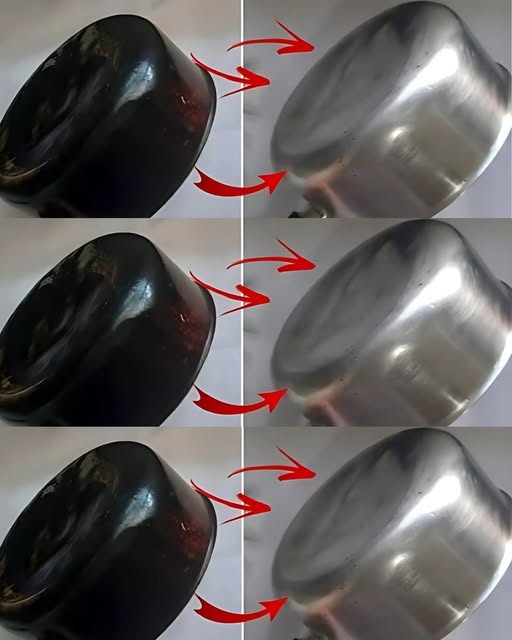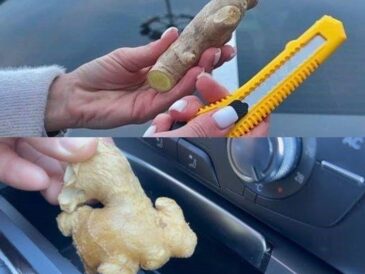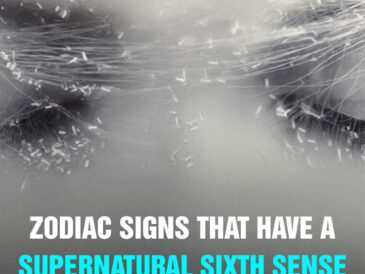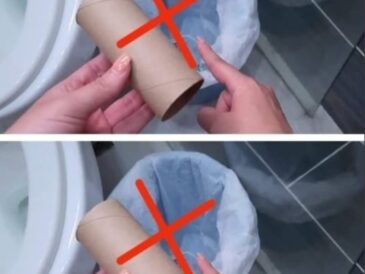For anyone who enjoys cooking, the appearance of cookware is just as important as its performance. Steel and aluminum pans are durable, versatile, and a staple in many kitchens. However, over time, these materials can lose their shine, developing discoloration, stains, and spots that detract from their appeal. Fortunately, there’s a simple trick that can help restore their luster and keep your pans looking brand new with minimal effort.
In this article, we’ll explore why steel and aluminum pans lose their shine, the causes behind these changes, and most importantly, how you can easily bring back their brilliance with a trick that requires only a few household items. We’ll also share some maintenance tips for preserving your pans and keeping them gleaming for years to come.
Why Do Steel and Aluminum Pans Lose Their Shine?
Steel and aluminum are two of the most commonly used metals for cookware. Both are sturdy, heat-conductive, and have excellent cooking properties. However, they are prone to losing their shine over time due to various factors, including food residue, oil buildup, and chemical reactions with the materials used in the cooking process.
1. Food and Grease Residue
As you cook, oils and food particles can accumulate on the surface of your pans. These residues can cause a dull appearance, especially when they’re left uncleaned for an extended period. Grease buildup can also affect the way your pan heats, making it less efficient in the kitchen. While cleaning your pan after each use can help, it’s not always enough to restore that pristine shine.
2. Mineral Deposits
Water, especially hard water, contains minerals that can leave streaks and stains on your cookware. When you wash your pans, the minerals in the water may leave deposits on the surface, causing discoloration. This is particularly noticeable on steel pans, where you may see white spots or cloudiness. Aluminum pans are also susceptible to similar staining, although it tends to be more subtle.
3. Oxidation
Oxidation occurs when metals like steel or aluminum react with air or moisture. This chemical process leads to the formation of a layer of tarnish or corrosion on the surface of the metal. With steel, you might notice rust spots, while aluminum pans may develop a matte or grayish finish. Both of these changes can make your cookware look older and less appealing.
4. Burn Marks
Overheating a pan or using it on high heat for too long can result in burn marks on both steel and aluminum cookware. These stubborn stains can make your pan appear dirty or dull, even after regular cleaning.
The Simple Trick to Restore the Shine
Now that we understand the common reasons why your steel and aluminum pans lose their shine, let’s dive into the easy trick that can bring them back to their former brilliance. The secret? Baking soda and vinegar.
These two household items are widely known for their cleaning and polishing properties. When combined, they create a gentle yet effective paste that can clean and shine your cookware without causing any damage. Whether your pan is made of stainless steel or aluminum, this simple combination can restore its luster and make it gleam like new again.
What You’ll Need:
- Baking soda
- White vinegar
- Water
- A soft cloth or sponge
- A microfiber towel (optional, for drying and buffing)
Steps for Cleaning and Shining Steel and Aluminum Pans:
- Prepare the Paste: In a small bowl, combine equal parts of baking soda and water to create a thick paste. The paste should have a consistency similar to toothpaste, which allows for easy application and scrubbing.
- Apply the Paste: Using a soft cloth or sponge, apply the baking soda paste directly to the surface of the pan. Gently rub the paste into any areas that are tarnished or discolored, making sure to cover the entire surface. For stubborn stains or marks, you can allow the paste to sit for a few minutes before scrubbing.
- Scrub Gently: Using the same cloth or sponge, scrub the pan in small, circular motions. Be careful not to apply too much pressure, as you don’t want to scratch the surface of the metal. The baking soda’s mild abrasiveness will work to lift stains and tarnish without causing damage.
- Rinse with Vinegar: Once you’ve scrubbed the entire surface, pour a small amount of white vinegar onto the pan. The vinegar will react with the baking soda, creating a fizzing action that will help lift any remaining dirt or grime. The vinegar also helps to remove any mineral deposits, especially from hard water.
- Wipe Clean: After the fizzing action has subsided, use a clean cloth or sponge to wipe away the mixture. Rinse the pan thoroughly with warm water to remove any remaining residue. You’ll notice that the surface is already starting to shine.
- Buff and Dry: To add an extra layer of shine, dry the pan with a microfiber towel or soft cloth. Gently buff the surface to bring out its natural brilliance. This step helps to remove any lingering moisture and ensures that your pan remains streak-free.
Additional Tips for Shining Steel and Aluminum Pans:
- Use a Non-Abrasive Scrubber: Avoid using harsh abrasives or steel wool, as these can scratch and damage the surface of your cookware. Stick to soft sponges or cloths for the best results.
- Polish with Oil: After cleaning and shining your pans, you can use a small amount of vegetable oil or mineral oil to polish the surface. Simply apply a tiny amount to a soft cloth and buff the pan to add an extra layer of shine and protect the metal from future tarnishing.
- Regular Maintenance: To keep your steel and aluminum pans shining, clean them regularly after use and avoid leaving food or oil residues on the surface for too long. This will help prevent buildup and make future cleaning easier.
- Avoid High Heat: While aluminum and steel pans can withstand high heat, it’s best to avoid overheating them, as this can cause discoloration and damage. Use moderate heat settings for optimal cooking results and to preserve the appearance of your pans.
Conclusion
Steel and aluminum pans are durable, reliable, and essential in many kitchens. While they may lose their shine over time due to food residue, mineral deposits, and oxidation, the simple trick of using baking soda and vinegar can restore their brilliance with ease. By following the steps outlined above and implementing a few maintenance tips, you can keep your cookware looking like new and ensure it continues to perform at its best.
With just a little effort and a few household items, your steel and aluminum pans will shine more easily than ever before, making them a pleasure to use and display in your kitchen for years to come.




